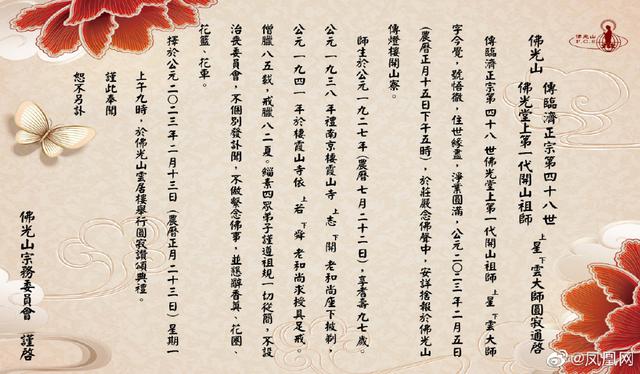1:形容词比较级和最高级的规则形式
形容词比较级和最高级的规则形式有两种表示方法:一是由原级加后缀-er和-est构成;二是在原级之前加 more 和 most构成。
一般来说,单音节形容词的比较级和最高级加-er 和 -est的形式。
eg:
kind kinder kindest
clear clearer clearest
old older oldest
cold colder coldest
long longer longest
三音节或多余三音节的形容词,其比较级和最高级通常是在原级之前 加 more 和 most 的形式。
eg:
instructive more instructive most instructive
beautiful more beautiful most beautiful
difficult more difficult most difficult
complicated more complicated most complicated
contemptible more contemptible most contemptible
双音节形容词的比较级和最高级通常既可以用 -er 和-est ,也可以用 more 和 most.
eg:
2:副词比较级和最高级的规则形式
副词比较级和最高级规则形式的构成与形容词比较级和最高级基本相似。单音节副词通常加 -er 和 - est.
eg:
fast faster fastest
hard harder hardest
soon sooner soonest
late later latest
而以-ly 结尾的副词以及某些频度副词则多半加 most 和 most 。
eg:
clearly more clearly most clearly
wisely more wisely most wisely
frugally more frugally most frugally
often more often most often

3:形容词、副词比较级和最高级的不规则形式
有少数几个形容词和副词的比较级和最高级是不规则的:
bad worse worst
good /well better best
old older/elder older/eldest
far further/farther furthest/farthest
much more most
badly worse worst
well better best






